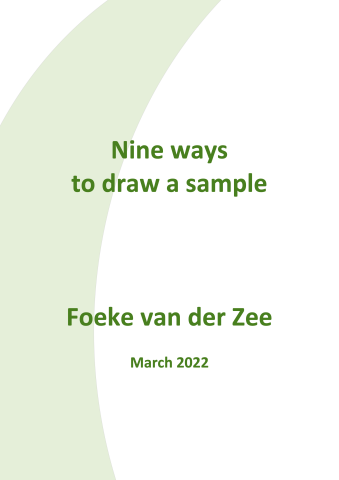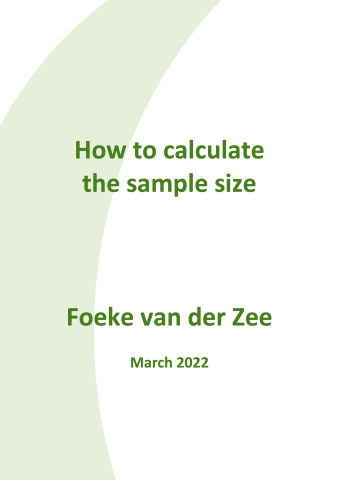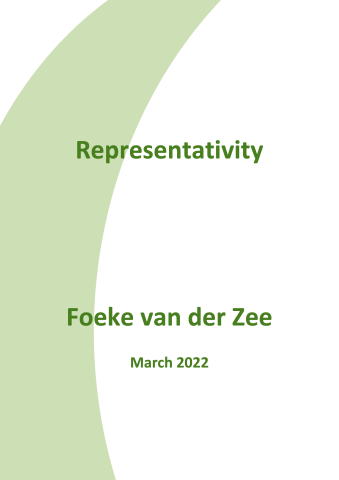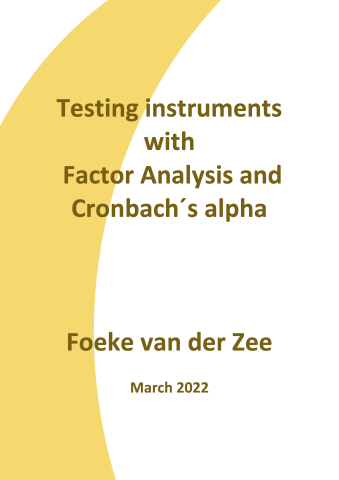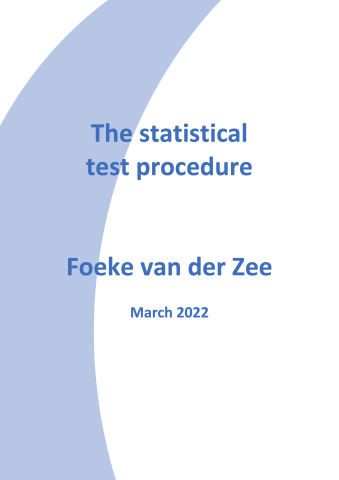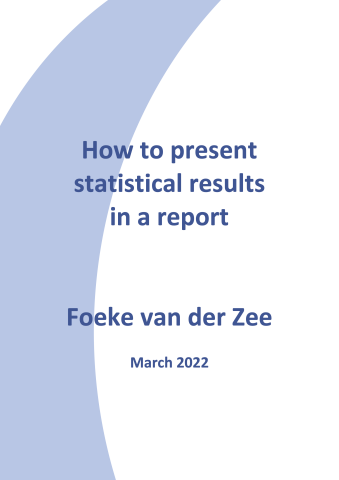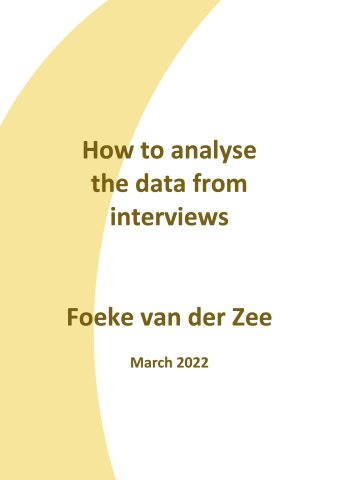Many students struggle with research because they do not know how to deal with certain problems and questions. In my experience, even many teachers don´t really know how how to handle such problems or can give a correct answer. That is why I have written papers to explain what the problem is all about. The content of these papers are based on many decades of experience. The papers provide guidelines for solving the problem. That's why I prefer to call these papers manuals.
A single manual costs € 4.95. For all ten together € 12,50 is charged.




